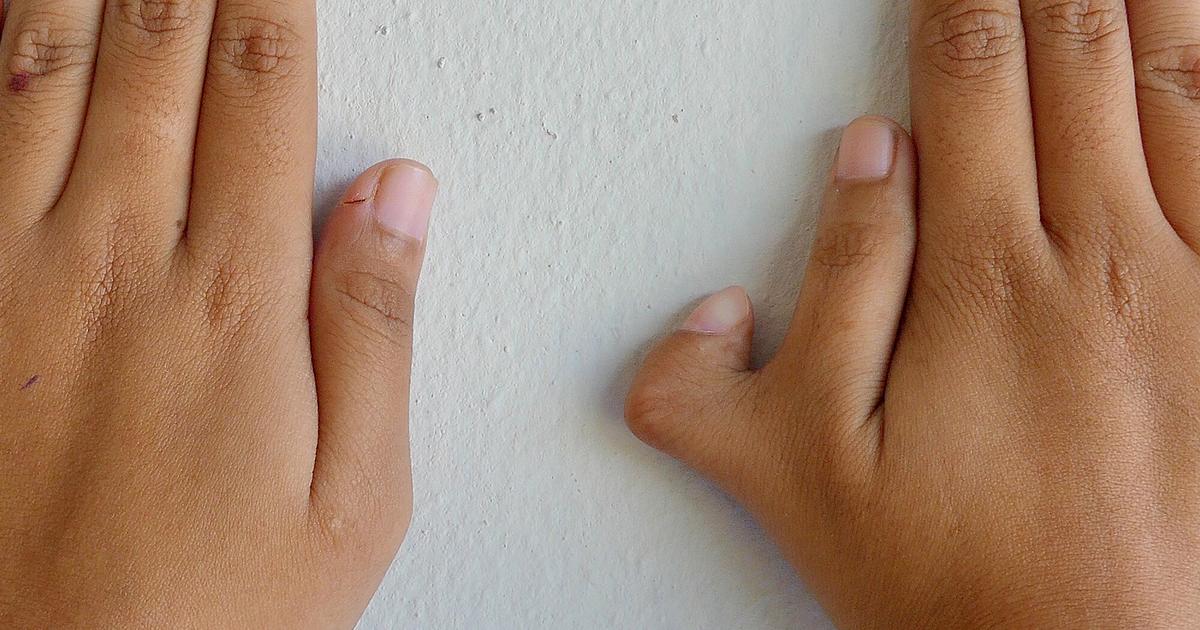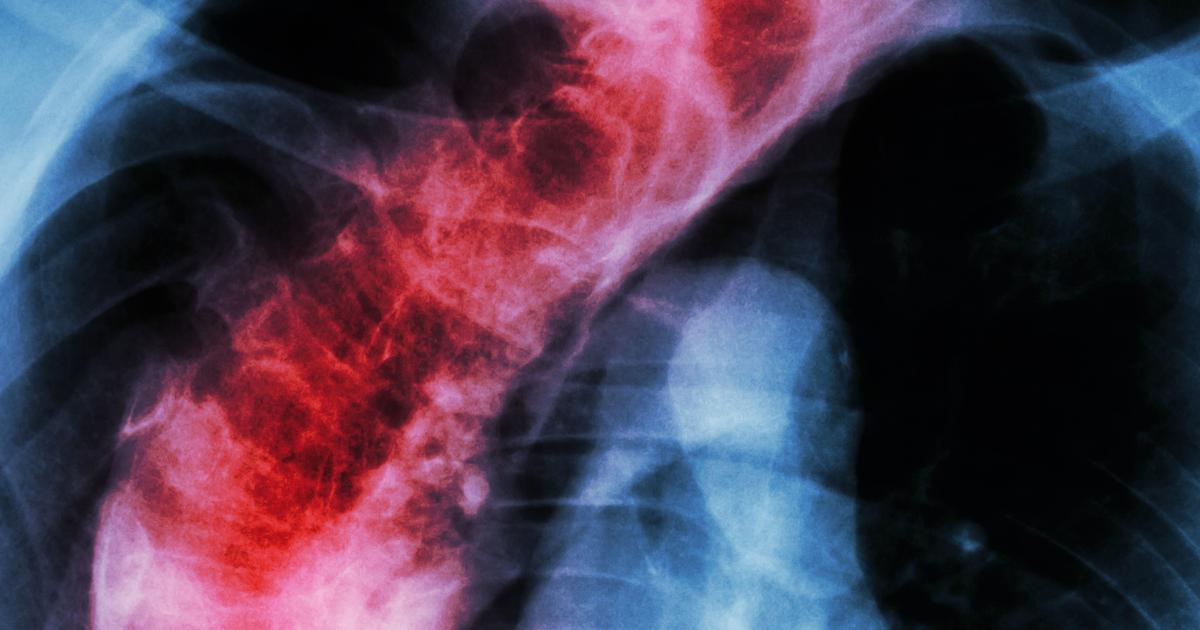10 Unmistakable Red Flags That Scream Carpenter Syndrome
Imagine a complex puzzle where key pieces just don't quite fit. For a rare few, this intricate reality is woven into their very DNA, leading to a condition known as Carpenter Syndrome. More than just a medical diagnosis, it's a unique developmental journey marked by the early fusion of skull bones, distinct differences in the fingers and toes, and other nuanced developmental challenges. While its roots lie in specific genetic mutations, recognizing its presence often begins with observable clues – the 'red flags' that signal something isn't aligning as expected. This article delves into 10 Unmistakable Red Flags that can scream Carpenter Syndrome. By understanding these critical indicators, from characteristic physical features to the underlying genetic markers, we aim to shed light on this disorder, emphasizing the importance of early identification for tailored support and intervention.
1. Skull Abnormalities

The hallmark sign of Carpenter syndrome is skull abnormalities present during infancy. A healthy individual has bones in their skull that do not fully fuse to one another until they are around two years old. The skull of an infant contains seven different bones not fused to each other because the brain needs space to be able to grow without the restrictions or limitations of a fully fused skull. However, Carpenter syndrome patients can experience the premature fusing of the skull's fibrous joints, a process referred to as craniosynostosis. As a result of craniosynostosis, the patient has a head that grows irregularly and causes the skull to appear pointed at the top. The abnormalities that occur in the skull of a Carpenter syndrome patient can cause long-term damage to brain tissues. Most severe cases of craniosynostosis are treated within the first six to twelve months of the patient's life. Because the skull continues to grow and change throughout an individual's childhood and adolescence, those affected by Carpenter syndrome may need to have numerous cranial surgeries as they age.
2. Abnormalities In The Fingers And Toes

A Carpenter syndrome patient may exhibit abnormalities in their fingers and toes, specifically abnormally short toes or fingers, a condition often referred to as brachydactyly. This malformation of the digits is caused by the absence of the middle phalanges or the middle bones in the fingers and toes. Some of the patient's fingers and toes may have soft tissues that partially or fully fuse the digits to each other or what is referred to as cutaneous syndactyly. In some cases, a Carpenter syndrome patient will be born with one or more extra toes or supernumerary toes. Additionally, a patient can be born with extra fingers, which is known as polydactyly. Other abnormalities in the fingers and toes that occur in Carpenter syndrome include pamprodactyly, the abnormal flexion of the fingers and clinodactyly, the abnormal deviation of the fingers.
3. Reduced Height

An individual with Carpenter syndrome may have a reduced height when they reach their adulthood years due to the short stature or incomplete development of their thighs, trunk, and neck. A patient's bones may not grow at the rate they should throughout their childhood and adolescence, which can cause the bones to become stunted or permanently short. It is thought a mutation or deletion in the DNA causes some of a patient's tissues to become growth restricted. An additional contribution to the reduced height of some Carpenter syndrome patients is a deformity that occurs in the hip bone referred to as coxa valga. Genu valgum or a malformation that causes unusually wide-spaced ankles and the abnormal proximity of the knee joints can cause a patient to stand at a shorter height than healthy individuals. Another abnormality that can cause a Carpenter syndrome patient to have a reduced height is referred to as kyphoscoliosis, the irregular curvature of the spine.
4. Facial Malformations

It is not unusual for a Carpenter syndrome patient to have dissimilarities between the two sides of their face or apparent facial asymmetry. The differences seen from one side of the face to the other are the result of the abnormal and uneven fusion of the patient's skull bones. Craniofacial abnormalities that may present in Carpenter syndrome include a broad and short facial shape, eye folds in a down slanting direction, low-set ears, underdeveloped lower jaw, a flat nasal bridge, small upper jaw, or malformed ears. A Carpenter syndrome patient may have a high arch in the roof of their mouth or an unusually narrow palate. Eye abnormalities, such as small eyes, clouding of the corneas, improperly developed eyes, ocular nerve degeneration, and other defects, may also be caused by Carpenter syndrome.
5. Intellectual Disability

Intellectual disability is a less common manifestation of Carpenter syndrome, as many patients have normal intelligence levels or mildly impaired intelligence, though a few mechanisms contribute to this symptom. The patient may experience impaired conduction of sound from the middle to inner ear or conductive hearing loss that contributes to their intellectual disability. The nerves responsible for transmitting impulses with sound information to the patient's brain may have abnormalities that cause sensorineural hearing loss. Both sensorineural hearing loss and conductive hearing loss can contribute to intellectual impairment independent of each other or concurrently. The damage inflicted on a Carpenter syndrome patient's brain tissues due to abnormalities caused by the premature fusion of their skull bones can also contribute to their intellectual disability.
6. Vision and Ocular Anomalies

Beyond general facial malformations, specific eye abnormalities can be a significant red flag for Carpenter Syndrome. These can include microphthalmia (abnormally small eyes) or clouding of the corneas, which may impact vision quality. More severe presentations might involve improperly developed eyes or degeneration of the ocular nerve, potentially leading to visual impairment. These ocular defects often require early and specialized ophthalmological assessment to monitor vision development and address any correctable issues, ensuring the best possible visual outcomes for affected individuals.
7. Cardiac Defects and Heart Health

A critical internal red flag often associated with Carpenter Syndrome, though not always outwardly visible, can involve congenital heart defects. While varied, these can range from structural abnormalities to issues with heart function. Early detection of these cardiac issues is crucial, as they can significantly impact a child's overall health and development. Comprehensive cardiovascular screening, including echocardiograms, is an essential part of the diagnostic process and ongoing management for individuals suspected of having Carpenter Syndrome, ensuring timely medical intervention to support heart health.
8. Omphalocele or Umbilical Hernia

Another less common but significant developmental red flag that can appear in individuals with Carpenter Syndrome is an omphalocele or an umbilical hernia. An omphalocele is a birth defect where abdominal organs protrude outside the body, covered by a thin membrane, while an umbilical hernia is a bulging of the intestine through the abdominal wall near the belly button. While an umbilical hernia can be common and often resolves on its own, its presence, especially alongside other Carpenter Syndrome indicators, warrants thorough investigation. These abdominal wall defects are an important consideration in the overall clinical picture.
9. Dental and Oral Health Issues

Characteristic dental and oral health abnormalities can also be a red flag. These might include hypodontia, where certain teeth are missing, or abnormalities in tooth development and alignment. The narrow palate or high arch in the roof of the mouth, often seen due to skull malformations, can contribute to these dental issues. Proper dental care and early orthodontic intervention are crucial to manage these challenges, ensuring appropriate chewing function and speech development, and contributing to the overall well-being and comfort of individuals with Carpenter Syndrome.
10. Obesity and Metabolic Tendencies

Individuals with Carpenter Syndrome often exhibit a predisposition to obesity, which can become more apparent as they age. This tendency towards increased weight gain is considered another red flag, potentially linked to underlying metabolic factors or developmental challenges that affect activity levels. Managing weight through a balanced diet and tailored physical activity is important to mitigate associated health risks, including cardiovascular issues. Addressing this aspect is key to promoting long-term health and improving the quality of life for those affected by Carpenter Syndrome.
Carpenter Syndrome: Early Clues, Lifelong Support

The journey through the 10 Unmistakable Red Flags of Carpenter Syndrome underscores the critical importance of early recognition. From distinct craniofacial features and digit anomalies to less obvious signs like cardiac defects or a predisposition to obesity, each indicator paints a clearer picture of this complex genetic disorder. While the initial diagnosis can be daunting, understanding these hallmarks is the first step towards providing comprehensive, tailored support. Early intervention, including surgical treatments, therapies, and ongoing medical management, can significantly improve outcomes and enhance the quality of life for affected individuals. By illuminating these red flags, we empower families and healthcare providers to identify, address, and support those on the unique developmental path of Carpenter Syndrome, fostering a future built on understanding and specialized care.